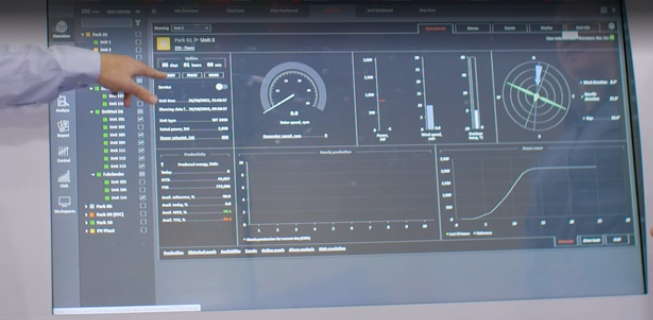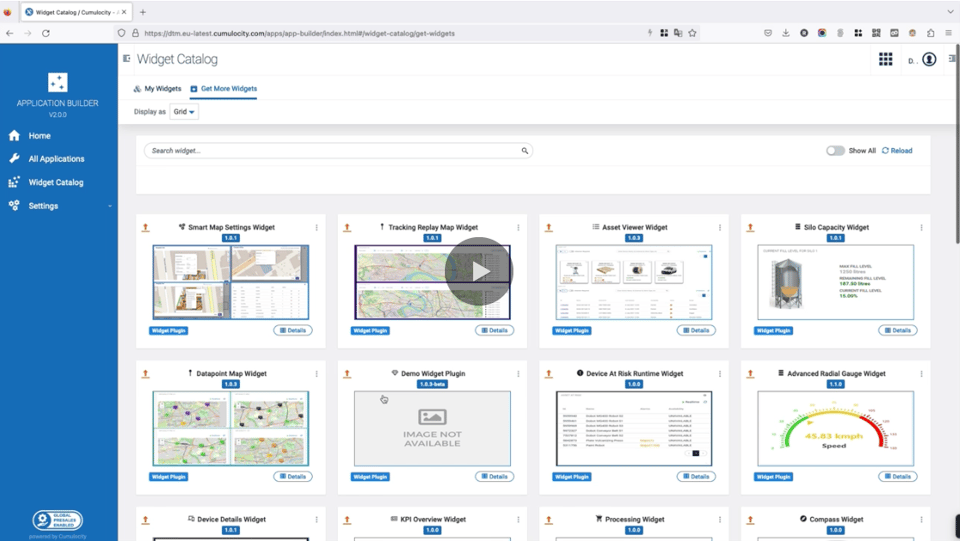Software for Wind Energy
A primer of the state of the industry for 2024

Wind! Did you know wind might be the single best way to address climate change? Or that wind is more efficient than solar, and cheaper too?
I learned a lot about wind recently at the Wind Energy Hamburg conference, a massive convention bringing together everyone from German AI startups to Chinese ball bearing manufacturers.
And the software, wow. It was like stepping out of a time machine set to 1995. Everyone knows the stage is set for software to do amazing things, but so far it’s mostly small companies that have popped up to address unmet needs or offer the market new ideas. Let’s say the state of software design currently is functional.
“What would all this software do?” I can hear you asking. Let me outline a few things in terms of the lifecycle of a wind turbine:
Prospecting is when you install a tiny wind turbine to measure the wind in a location to see if it’s worth building a proper turbine in that location.
Feasibility is determining if you can build in that location with regards to regulations, environment, and finances.
Designing is designing what to build: which turbines, how tall, how many, which direction will they face, etc.
Construction Management, self-explanatory.
Operation is about monitoring and optimizing performance, doing maintenance, and integrating the energy into the grid.
Decommission is undoing all of the above.
For each of the above lifecycle stages, there are sub-stages and companies going deep with solutions. For example, much of the condition monitoring is still manual, but I met one company offering an array of sensors (temperature, audio, voltage, load) to gather operational data. Another company used AI to predict failure. At least two companies offered drones to fly around wind turbines to inspect them.
For designers like myself that grew up making banking software, e-commerce websites, and B2B apps, the new issue is safety. Safety is usually looked after by one of several certification organizations, and their criteria become the criteria one would track digitally.
The biggest companies in the wind industry are Vestas (Denmark), Siemens Gamesa (Spain, not part of the larger Siemens anymore), GE (France), Goldwind (China), Envision (China), Nordex (Germany), Mingyang (China), Suzion (India), Enercon (Germany), and Ørsted (Denmark).
But the software on display at the conference was mostly from smaller companies. Here’s a few examples to give you a concrete idea of what’s out there:
Vortex models wind data in a browser app (video):

Vaisala captures and analyzes weather data (video):

Emerson’s Ovation software helps monitor operations (video):

CADFEM’s Ansys is used to design rotor blades.

Software AG’s Cumulocity IoT helps manage connected devices:
